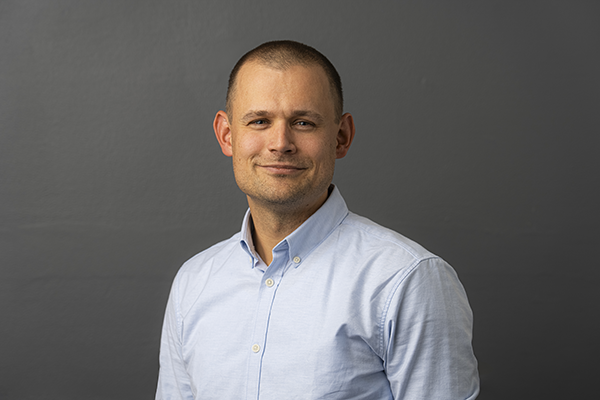Jonas Maibom Refsgaard
Research leader

Project title
Quantifying Benefits of Debt Relief
What is your project about?
My project focuses on quantifying potential benefits of debt relief for applicants. The project has two parts. In the first part, we focus on estimating causal impacts of debt relief. We estimate impacts on individual health, families (divorce) and children (school absence and grades). We also estimate the impact of debt relief on the likelihood of starting up your own business (becoming an entrepreneour) as well as how the business fares subsequently.
In the second part, we estimate the insurance value of debt relief (i.e. to what extent debt relief improves economic status and stability and thereby insures the recipients). Finally, the results from part one and two are combined to describe possible gains from debt relief, and we investigate whether the current practice (rules) improves the overall insurance value from debt relief by awarding debt relief when its benefits are highest.
How did you become interested in your particular field of research?
A number of years back, I learned about the existence of the program, and I also learned that there was very little systematic knowledge of how/whether the program worked (in the sense that it improved outcomes for awarded applicants). The more I read about the area, the more interested I became. When you read the original arguments and thoughts about the law and talk to practitioners, it is clear that debt relief is viewed as a very important option. Furhtermore there are large differences in practices between countries in relation to e.g. scope and admission requirements.
At the same time, there are a number of challenges in collecting data and analyzing this empirically, which also makes it exciting and challenging from a research perspective.
What are the scientific challenges and perspectives in your project?
The project aims to estimate so-called causal effects of debt relief, i.e. the effect of debt relief all else equal. Of course, it is not random who gets debt relief and therefore everything else is not equal in practice. Therefore, there is a risk that differences between recipients and non-recipients arise due to differences in background characteristics and not due to debt relief. Our research design attempts to solve these empirical challenges and "isolate" causal effects. In addition, the project estimates so-called insurance values associated with debt relief. An insurance value is an economic measure of how well a program (or an insurance scheme) works. Estimating this kind of measure is a significant research challenge that requires a set of completely different tools that have not been used in the field before.
What is your estimate of the impact, which your project may have to society in the long term?
Debt is in many ways a very central part of the way we live our economic lives today and realize our dreams. At the same time, there has been an increasing focus in research on the fact that there can also be negative side effects from having (too much) debt. By enabling debt relief, the state implicitly insures individuals against situations of high hopeless debt (by making it possible to have their debt removed or heavily reduced). When you talk to people in the system, it's quite obvious how big of an chance debt relief can be. At the same time, our limited knowledge on the impacts of the program can imply that, for example, we place too much emphasis on possible disadvantages of too "easy" access to debt relief.
The Danish Council for the Socially Vulnerable argue that Danish rules may be too strict, and changing commissions have along the way expressed a need for more systematic evidence in the area. With this project, we try to remedy this lack of knowledge, and at the same time we seek to develop a set of research methods that can also be used in other areas.
Which impact do you expect the Sapere Aude programme will have on your career as a researcher?
It is a great opportunity for me to be part of the Sapere Aude programme. This grant is a huge recognition and gives me the opportunity to build a research group which will work focused and very ambitiously within the frames of this project. I can thereby use the grant to further accelerate my research career. With the grant, of course, comes also a responsibility to push research and contribute new knowledge to the debate on debt relief both in Denmark and internationally.
Background and personal life
I am 38 years old and I live south of Aarhus in the country side with my wife and our 3 boys. Our household also includes a couple of horses, a dog and a tractor etc. , so when I'm not focusing on research or time with my family, I try to follow up on some of the other loose ends. I enjoy sports and winter bathing. A few highlights from my leisure career are that I am a football coach in SIF (Saksild IF) and involved in the board around Aarhus Efterskole.
View all research leaders here
Research institution
Aarhus University
Research field
Economics
City of your current residence
Odder
High school
Silkeborg Amtsgymnasium
